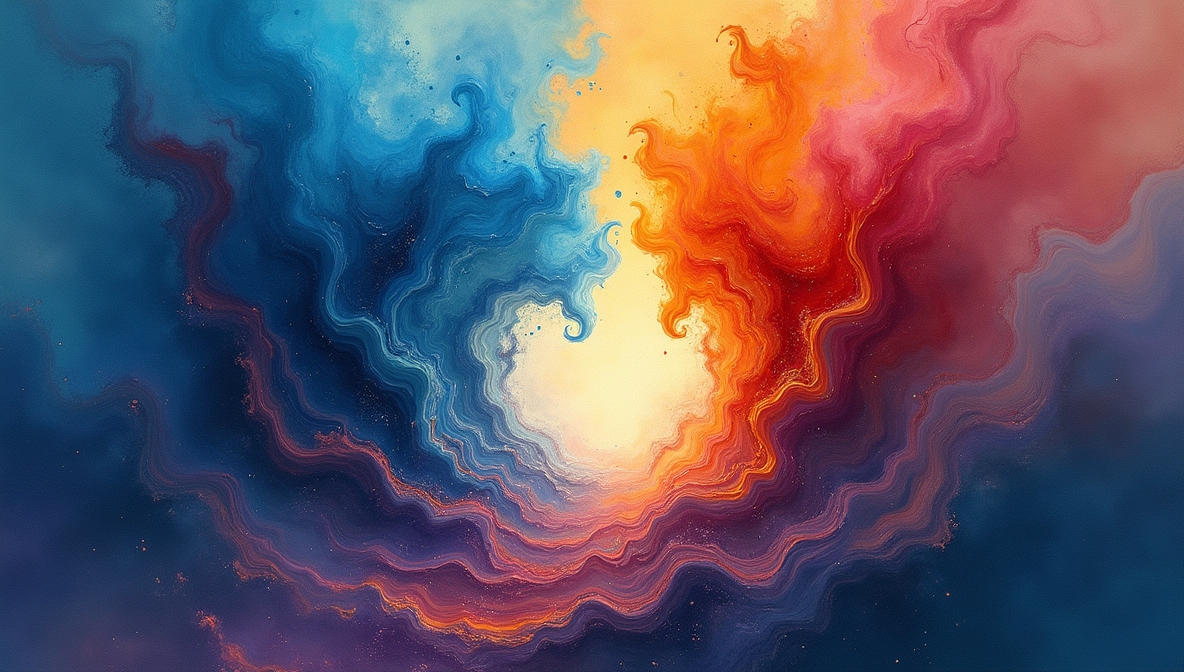Artists often face a choice between watercolor and acrylic. Each medium offers distinct qualities, techniques, and artistic effects. The best choice depends on style, experience, and creative goals.
Key Differences Between Watercolor and Acrylic
Composition and Properties
- Watercolor: Made of pigment and a water-soluble binder. Transparency allows layering effects.
- Acrylic: Consists of pigment in a fast-drying polymer emulsion. Opaque coverage with vibrant colors.
Drying Time
- Watercolor: Stays wet longer, allowing blending and soft transitions.
- Acrylic: Dries quickly, making layering easier but limiting blend time.
Surface and Absorption
- Watercolor: Best on watercolor paper, where pigments absorb into the surface.
- Acrylic: Works on canvas, wood, paper, and even metal, forming a flexible film.
Opacity and Layering
- Watercolor: Naturally transparent, creating luminous effects.
- Acrylic: Opaque, allowing strong, bold layers.
Water Resistance
- Watercolor: Reactivates with water, making adjustments possible.
- Acrylic: Permanent once dry, resisting moisture and smudging.
Advantages of Watercolor
- Soft, Fluid Effects: Ideal for atmospheric landscapes and delicate washes.
- Portability: Lightweight and easy to transport.
- Minimal Setup: Requires only water, paint, and paper.
- Reactivates: Colors can be lifted or altered even after drying.
Challenges of Watercolor
- Difficult to Control: Water flow can be unpredictable.
- Limited Corrections: Mistakes are harder to fix.
- Less Vibrancy: Colors dry lighter than they appear when wet.
Advantages of Acrylic
- Versatile Application: Can mimic watercolor, oil, or mixed media techniques.
- Fast Drying: Speeds up layering and detail work.
- Strong, Bold Colors: Retains intensity after drying.
- Durability: Resistant to fading, moisture, and damage.
Challenges of Acrylic
- Quick Drying: Blending time is limited.
- Hard to Remove: Once dry, corrections require painting over mistakes.
- Can Feel Heavy: Thick applications may lack the lightness of watercolor.
Which Medium Matches Your Style?
Watercolor Suits Artists Who:
✅ Prefer fluid, organic movement in their work.
✅ Enjoy soft, delicate effects.
✅ Want a portable setup with minimal materials.
✅ Like the ability to reactivate and adjust paint.
Acrylic Suits Artists Who:
✅ Want strong, bold colors with crisp edges.
✅ Work in layers and require quick drying.
✅ Prefer painting on varied surfaces.
✅ Need durability and longevity in their work.
Techniques Unique to Each Medium
Watercolor Techniques
- Wet-on-Wet: Blends colors seamlessly.
- Dry Brush: Creates textured strokes.
- Lifting: Removes pigment for highlights.
- Salt Texture: Adds organic, grainy effects.
Acrylic Techniques
- Glazing: Layers transparent color for depth.
- Impasto: Builds thick, textured strokes.
- Dry Brushing: Adds rough, scratchy marks.
- Palette Knife: Creates sculptural textures.
Mixing and Experimentation
Artists often blend both mediums. Watercolor backgrounds with acrylic details create striking contrasts. Acrylic underpaintings with watercolor glazes add depth. Experimenting with both can open new creative possibilities.
Final Thoughts
Choosing between watercolor and acrylic depends on artistic vision, working style, and preferred techniques. Watercolor excels in softness and fluidity, while acrylic offers bold color and versatility. Trying both can help artists develop a personal style suited to their creative goals.



